Introduction
Hey there, fellow dog parent! If you’ve ever wondered, “How much exercise does my dog need?” you’re not alone. This question is crucial because exercise isn’t just about burning off energy; it’s about ensuring your furry friend stays healthy and happy. Let's dive into the world of canine fitness and figure out the best exercise routine for your beloved dog.
Understanding Your Dog’s Exercise Needs

Breed-Specific Requirements
Different breeds have different energy levels. For instance, a Border Collie will need more exercise than a Bulldog. High-energy breeds like Retrievers, Shepherds, and Terriers often require more vigorous and frequent exercise. On the other hand, breeds like Basset Hounds or Shih Tzus are more relaxed and need less intense activity.
Age and Activity Level
Puppies are bundles of energy and need plenty of playtime to develop their muscles and bones. Adult dogs, depending on their breed and health, have more established routines. Senior dogs might slow down but still benefit from gentle, regular exercise to keep their joints flexible and muscles strong.
Health Conditions
If your dog has any health issues, it’s essential to adjust their exercise accordingly. Dogs with arthritis, heart problems, or other conditions may need a tailored exercise plan. Always consult your vet for the best advice.
Benefits of Regular Exercise for Dogs
Physical Health
Regular exercise helps maintain a healthy weight, strengthens muscles, and improves cardiovascular health. It’s like giving your dog a daily dose of fitness medicine!
Mental Stimulation
Exercise isn't just physical; it also engages your dog's brain. Activities like agility training or fetch challenge their problem-solving skills and keep their minds sharp.
Behavioral Benefits
A well-exercised dog is a well-behaved dog. Regular physical activity can reduce unwanted behaviors like chewing, barking, or digging out of boredom.
Breed-Specific Exercise Requirements

High-Energy Breeds
Dogs like Border Collies, Labradors, and Huskies thrive on activity. They need at least 1-2 hours of high-intensity exercise daily. Think long runs, vigorous play sessions, or agility training.
Moderate-Energy Breeds
Breeds like Beagles, Cocker Spaniels, and Poodles fall into this category. They typically need about an hour of exercise per day, mixing moderate and high-intensity activities.
Low-Energy Breeds
Breeds such as Bulldogs, Shih Tzus, and Basset Hounds are more laid-back. They are happy with around 30-45 minutes of gentle exercise daily, like a leisurely walk or a short play session.
Age-Appropriate Exercise
Puppies
Puppies have lots of energy but also need lots of rest. Short, frequent play sessions are best, avoiding intense activities that could damage their developing bodies.
Adult Dogs
Adult dogs are in their prime and need consistent, varied exercise. A balanced routine of walking, running, and playing helps keep them fit and stimulated.
Senior Dogs
Older dogs benefit from gentle, regular exercise to maintain their health. Activities like short walks or swimming can be great options.
Signs Your Dog Needs More Exercise
Excess Energy
Is your dog bouncing off the walls even after a walk? They might need more exercise.
Destructive Behavior
Chewing up shoes or digging in the yard? These behaviors can indicate boredom or excess energy.
Weight Gain
If your dog is packing on the pounds, it’s a clear sign they need more physical activity.
Daily Exercise Recommendations
Time and Intensity
The amount of exercise your dog needs varies by breed and age, but aim for at least 30 minutes to 2 hours of activity each day. Mix up the intensity to keep things interesting.
Types of Exercises
Include a variety of activities like walking, running, playing fetch, and agility exercises. This keeps your dog engaged and well-rounded in their fitness.
Fun Ways to Exercise Your Dog

Walking and Running
The classic exercise! Walking is great for all dogs, while running suits those with higher energy levels.
Playing Fetch
A game of fetch is fantastic for burning off energy and practicing recall skills.
Agility Training
Set up a mini obstacle course in your yard. It’s a fun way to challenge your dog’s mind and body.
Indoor Exercise Ideas
Tug-of-War
A good game of tug can be quite the workout and is perfect for indoor fun.
Hide and Seek
Hide treats or toys around the house and let your dog use their nose to find them.
Indoor Obstacle Course
Create a simple course with household items. It’s a great way to keep your dog active on rainy days.
Incorporating Mental Stimulation
Puzzle Toys
Puzzle toys are excellent for challenging your dog’s brain and keeping them occupied.
Training Sessions
Short, regular training sessions help reinforce good behavior and provide mental stimulation.
Scent Games
Hide treats around your home or yard and let your dog find them using their nose. It’s a fun and engaging activity.
Safety Tips for Exercising Your Dog
Avoiding Extreme Weather
Be mindful of the weather. Avoid exercising your dog during the hottest part of the day in summer or in freezing conditions in winter.
Hydration
Always ensure your dog has access to fresh water before, during, and after exercise.
Recognizing Signs of Exhaustion
Watch for signs of exhaustion like heavy panting, drooling, or lagging behind. Give your dog breaks and adjust the exercise intensity if needed.
Adjusting Exercise Routines for Different Seasons
Summer Considerations
In the summer, exercise during the cooler parts of the day and avoid hot surfaces that can burn your dog's paws.
Winter Considerations
In winter, keep sessions shorter and ensure your dog is warm enough, possibly with a doggy coat.
Rainy Day Activities
When it's raining, opt for indoor games or a quick play session in a sheltered area.
Special Considerations for Dogs with Health Issues
Arthritis and Joint Problems
Gentle exercises like swimming or short walks are best for dogs with joint issues.
Heart Conditions
Consult your vet for an appropriate exercise plan, which might include light activities to avoid overexertion.
Overweight Dogs
Start with short, low-intensity activities and gradually increase as your dog’s fitness improves.
Creating a Balanced Routine
Mixing Different Activities
Combine various activities to keep your dog excited and engaged.
Consistency is Key
Regular exercise is crucial. Try to stick to a daily routine.
Listening to Your Dog’s Needs
Pay attention to your dog's signals and adjust their routine as needed.
Conclusion
Finding the right balance of exercise for your dog is essential for their overall well-being. Remember, every dog is unique, so it might take some trial and error to find what works best. Keep an eye on your dog's behavior and health, and adjust their routine accordingly. With a bit of effort and attention, you can ensure your furry friend stays happy, healthy, and well-exercised.
FAQs
How can I tell if my dog is getting enough exercise?
Look for signs like relaxed behavior, a healthy weight, and minimal destructive behaviors. A well-exercised dog is generally more content and well-behaved.
Can I exercise my dog too much?
Yes, over-exercising can lead to injuries, exhaustion, and other health issues. Always monitor your dog’s reactions and give them plenty of breaks.
What if my dog doesn’t seem interested in exercise?
Try different activities to find what excites them. Sometimes dogs need variety to stay interested. If disinterest persists, consult your vet.
How can I make exercise more enjoyable for my dog?
Incorporate games, play with other dogs, and use toys to make exercise fun. Keep sessions positive and rewarding.
Are there professional services to help with my dog’s exercise needs?
Yes, dog walkers, trainers, and doggy daycare centers can provide additional exercise opportunities, especially if you have a busy schedule.


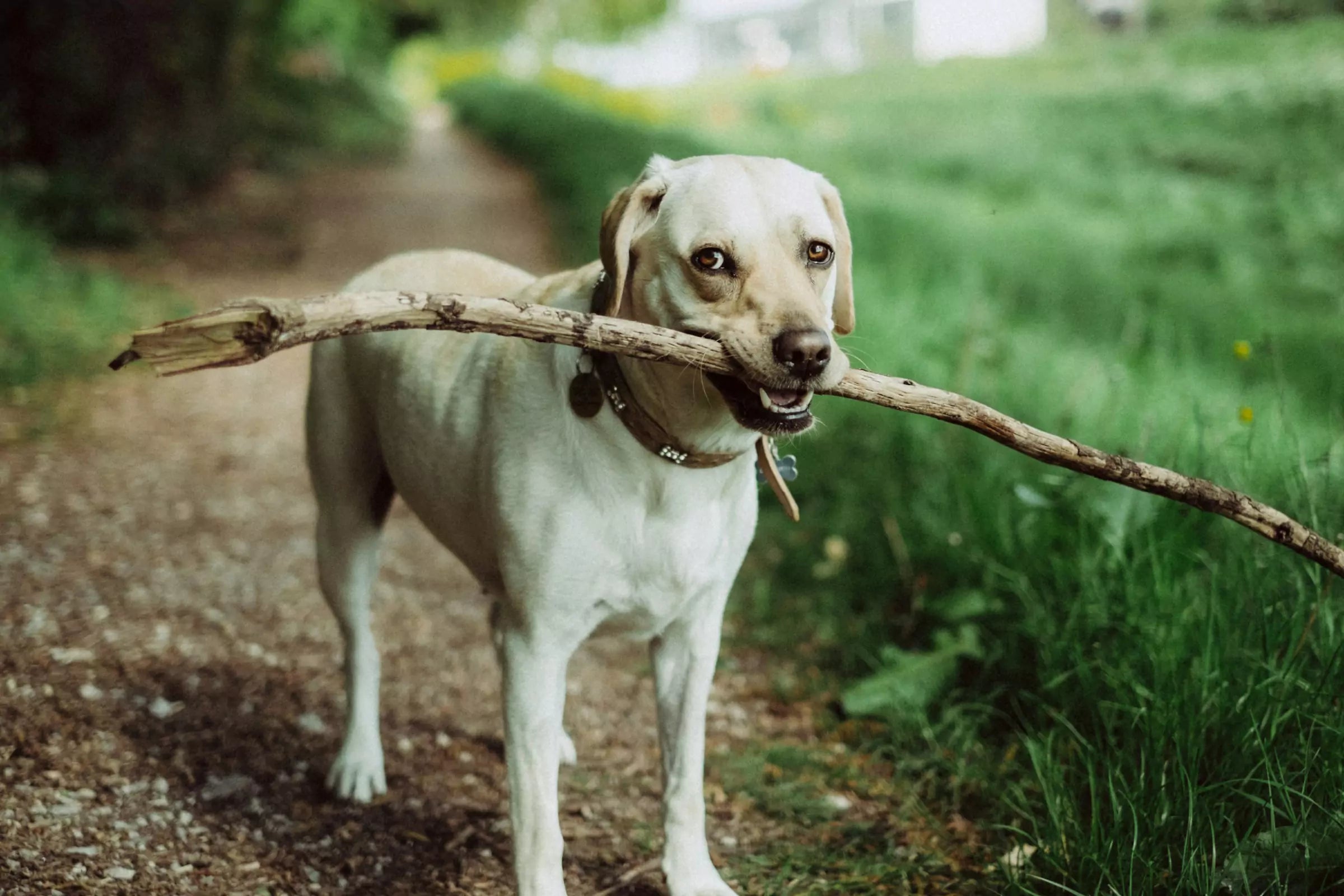
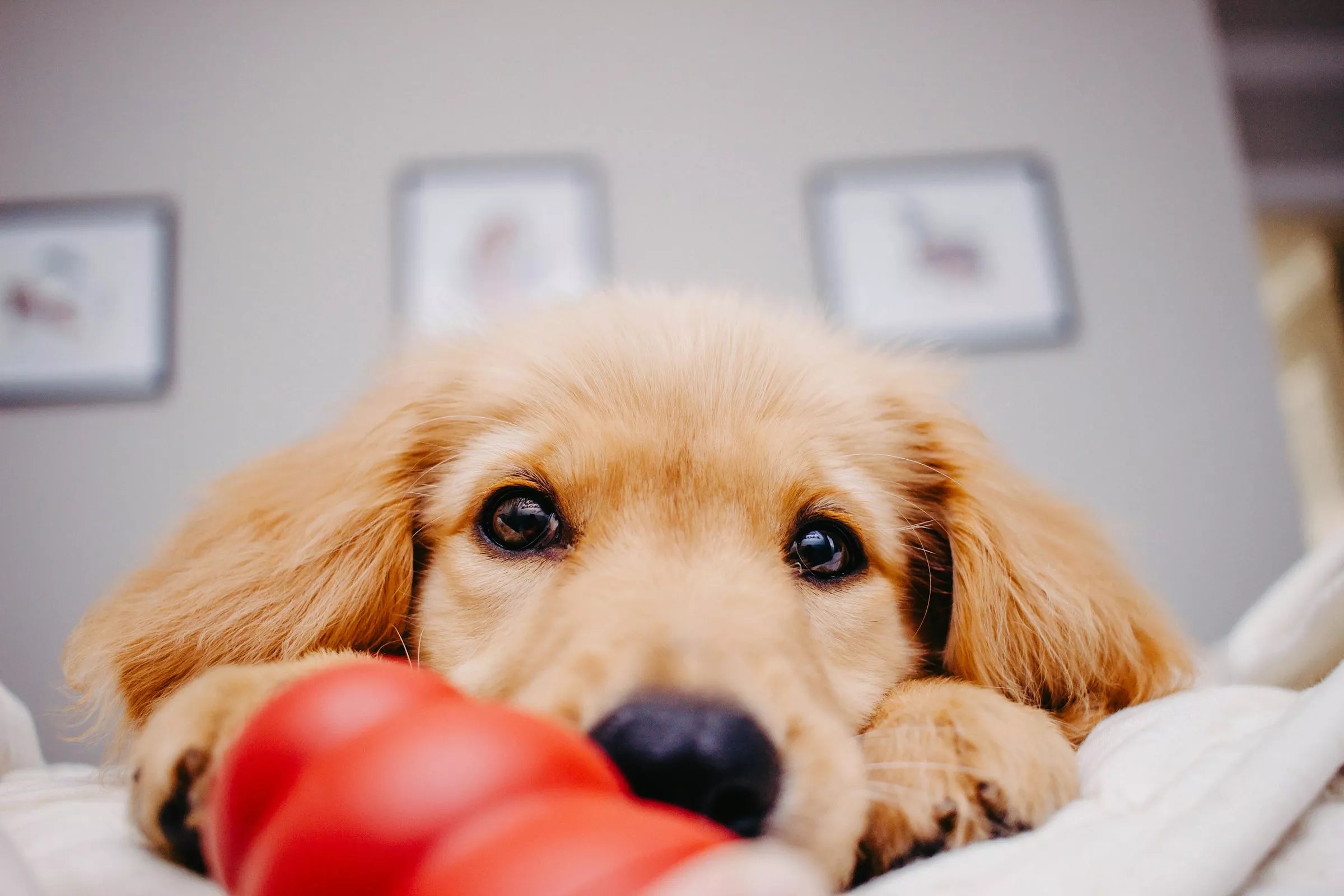
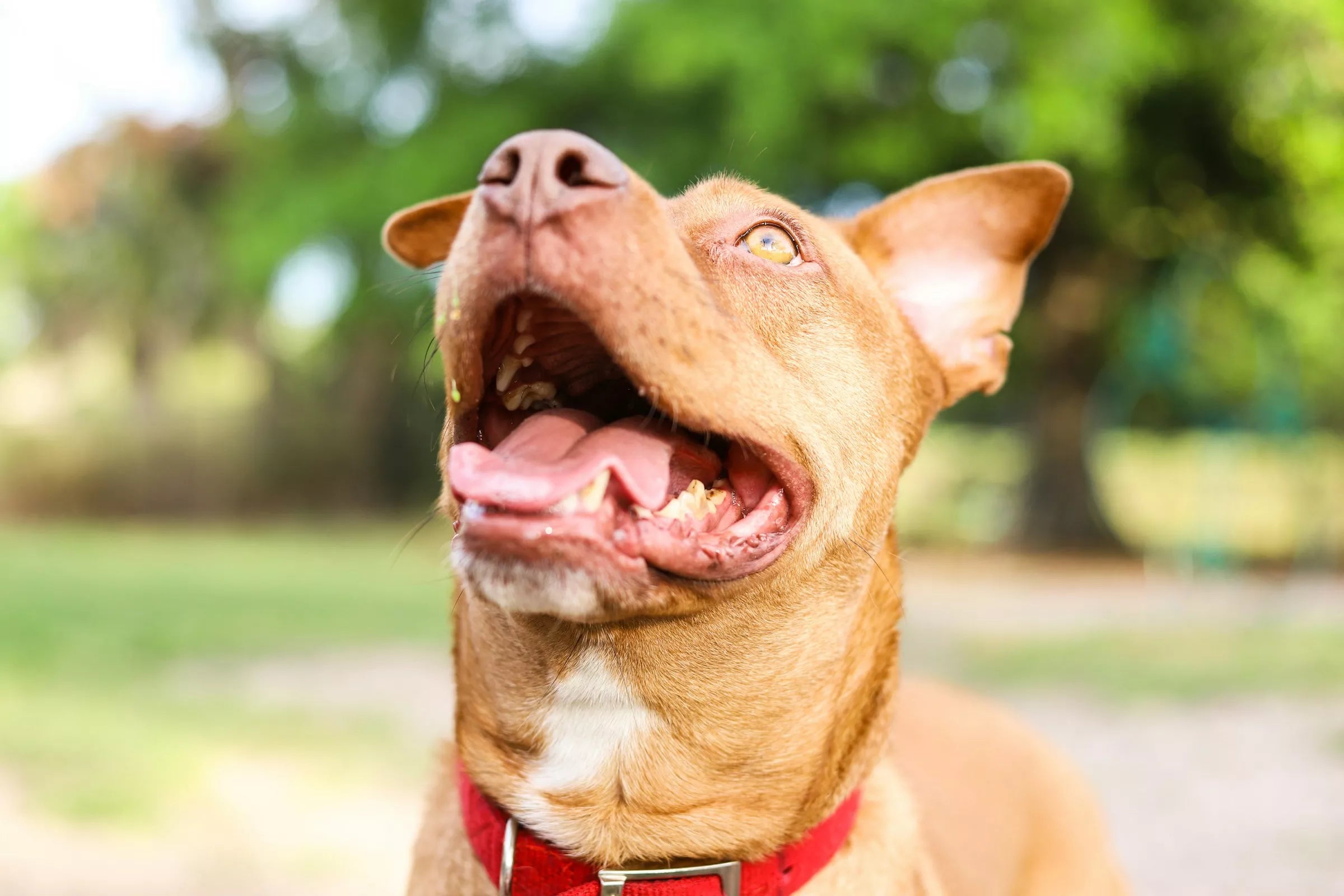
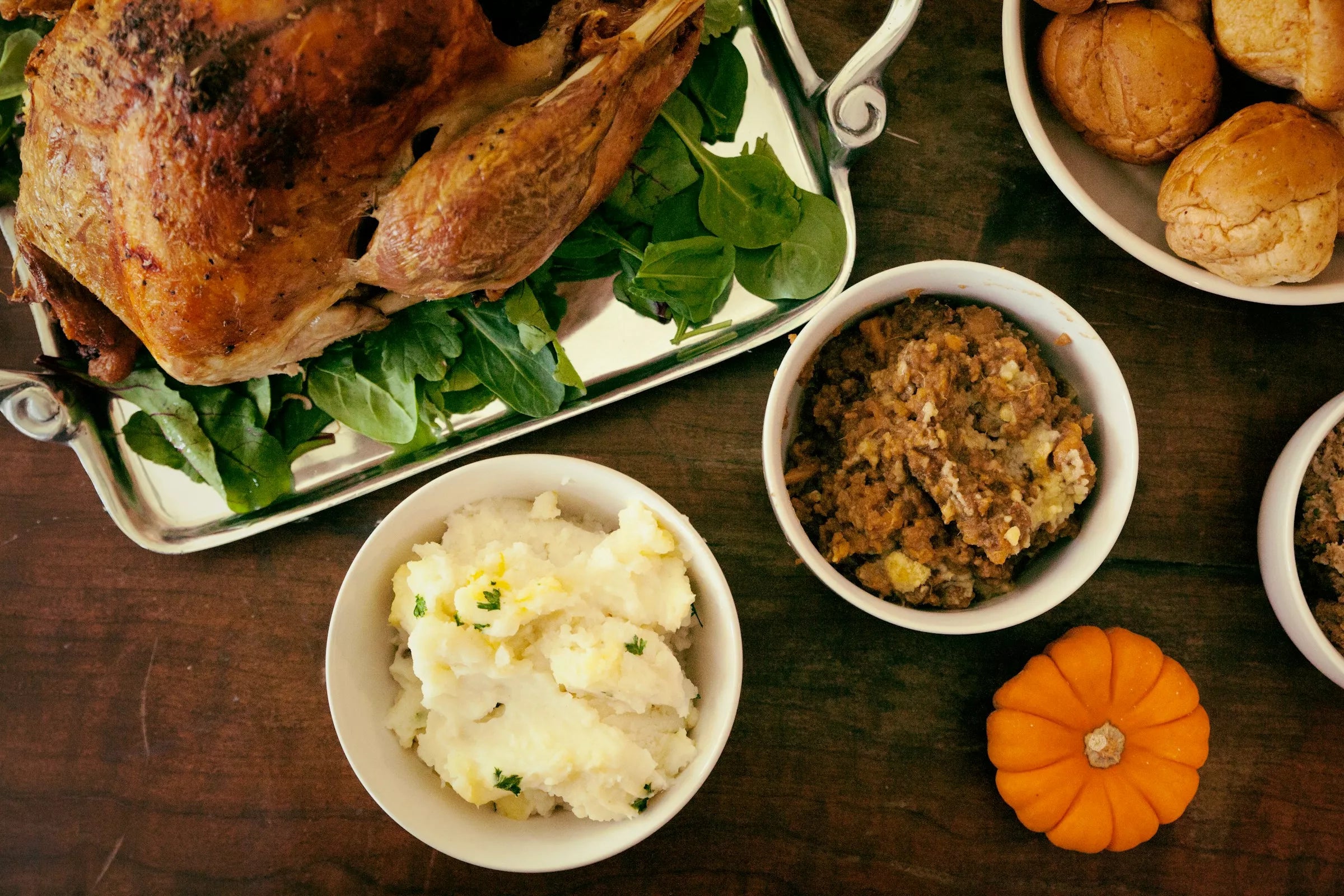
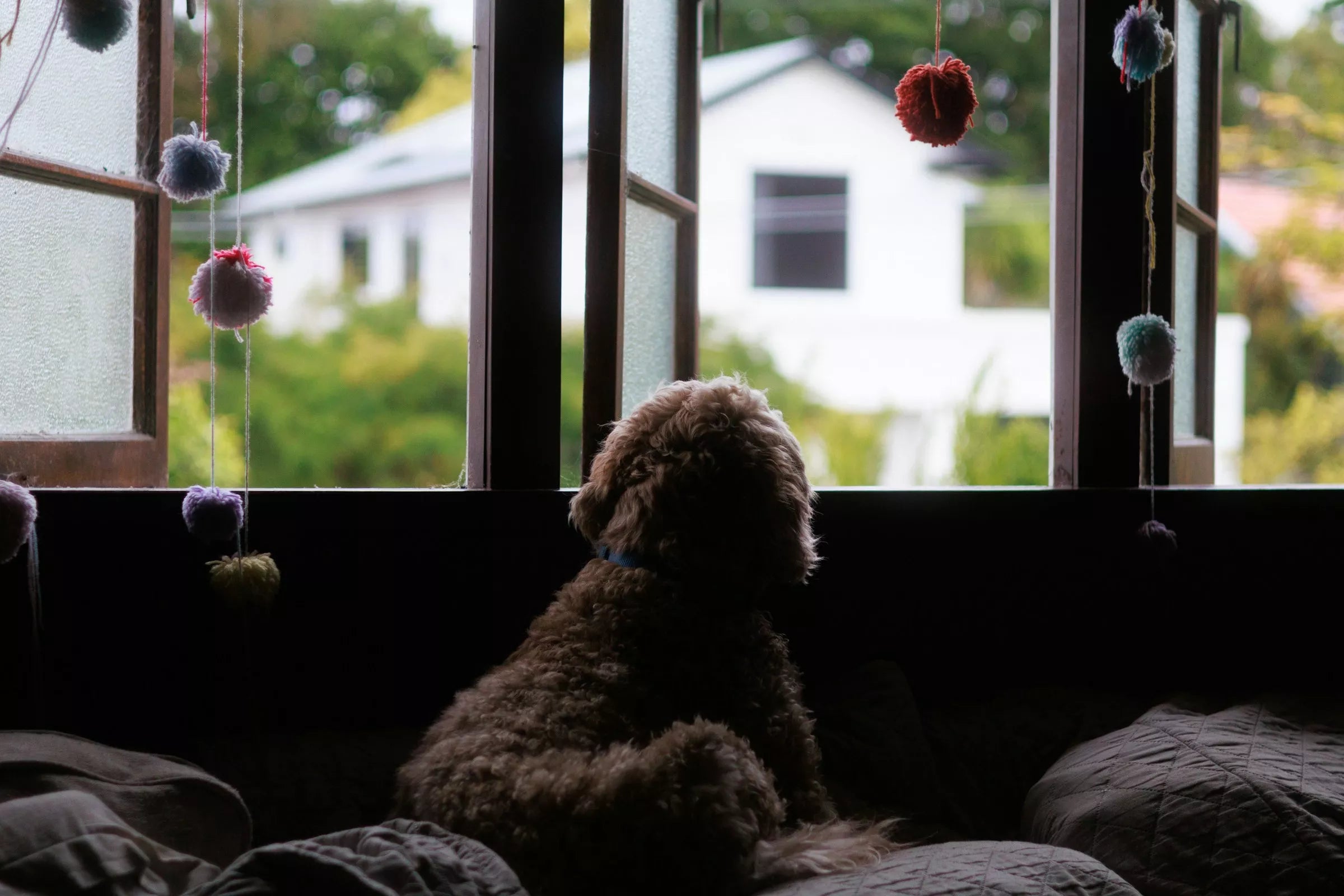
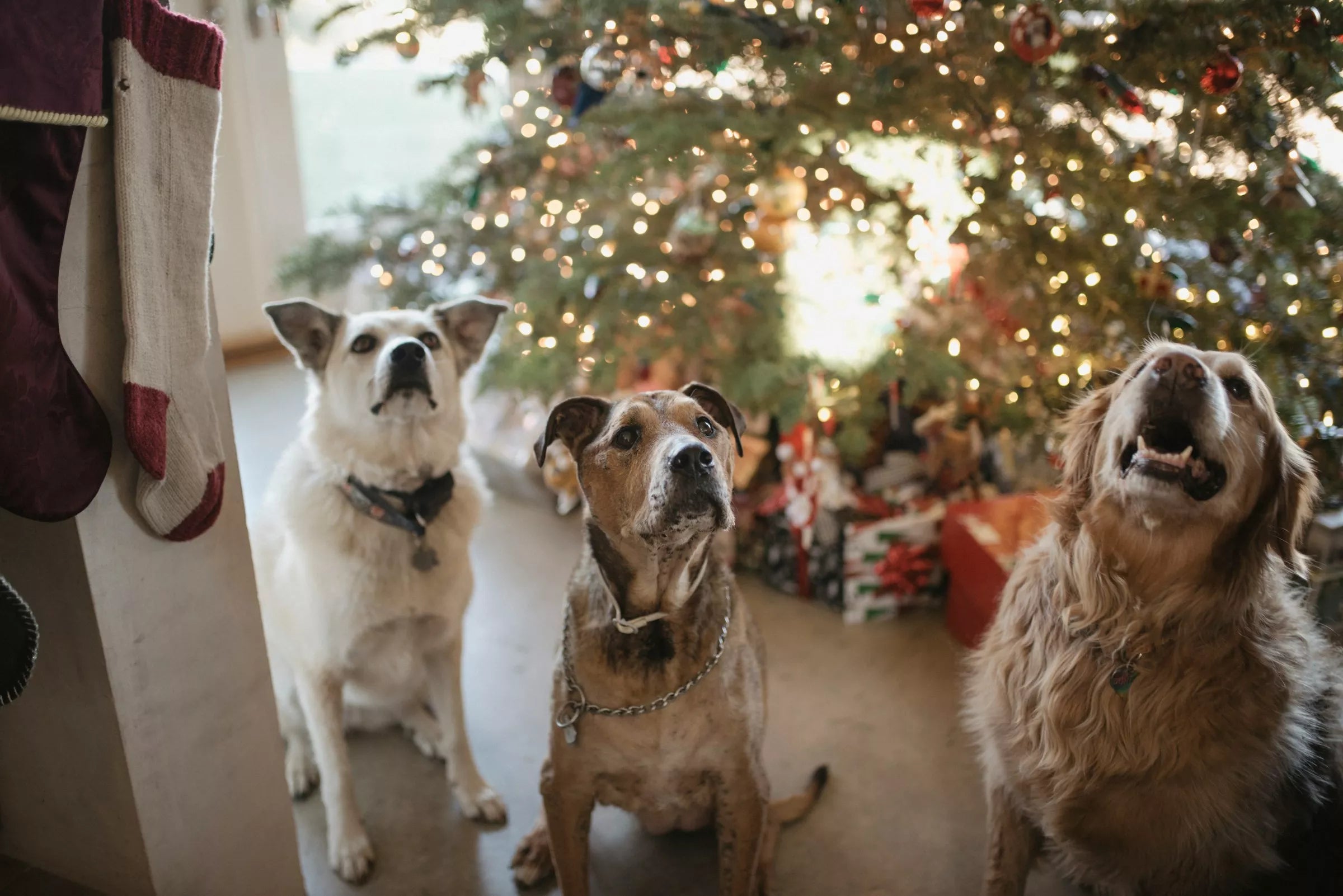
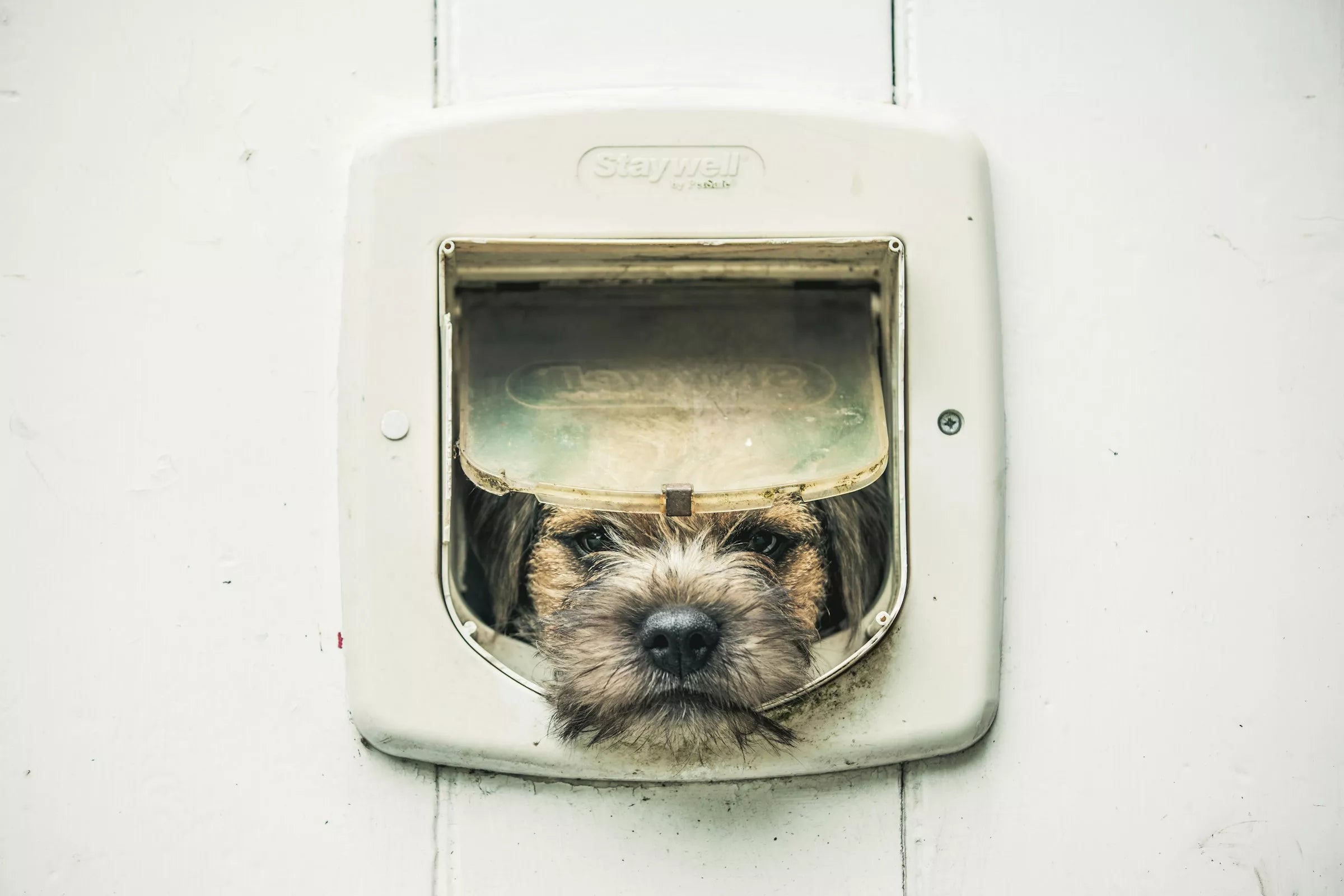






Share:
5 Steps to Keep Your Dog Safe During Hot Weather
What Should I Pack for a Trip with My Dog?